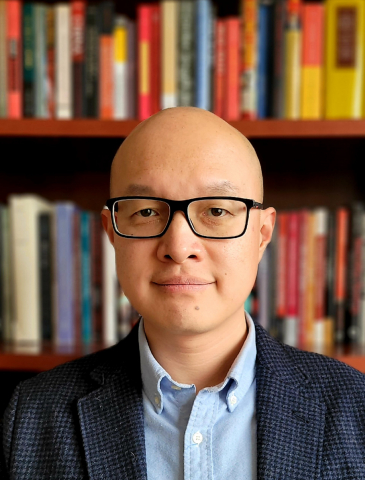Among scholars who study the legal profession, perhaps no one else has travelled as far as Yves Dezalay and Bryant G. Garth. They have studied international commercial arbitration across continents, they have investigated the political struggles between lawyers and economists in four Latin American states, and now their new book, Asian Legal Revivals, covers the history of lawyers and the state in almost ten different Asian countries. No matter if you like their findings or not, we must admire the effort required to bring together such a large variety of national and historical contexts to develop a general theory of lawyers in relation to the market and the state.
The theoretical contribution of this book to the scholarship on lawyers and politics is significant. In the vast academic literature on the legal profession, the relationship between lawyers and the state has been, oddly, inadequately theorized despite many good efforts in this direction in the 1980-1990s. By this book and their previous study on Latin America, The Internationalization of Palace Wars, Dezalay and Garth have outlined a relatively coherent theory of lawyers and the state. Following Pierre Bourdieu, particularly his flexible and inclusive concept of capital, the authors argue that lawyers do not necessarily seek market monopoly or take political action based on their professional ideology, but form various types of relations with the state based on their social and legal capital–they could serve as clerks, mediators, or spokespersons in different political contexts.
For post-colonial Asian states, the accumulation, attrition, and revival of legal capital appear to have a cyclical pattern: Phase I: investment of legal capital and its combination with local social capital; Phase II: use and demise of accumulated capital for market and political gains; and Phase III: a capital rebuilding process similar to the first phase. By the introduction of the concept of capital and the emphasis on the reproduction of the legal elite, Dezalay and Garth successfully problematize the theoretical opposition between lawyers’ market and political activities in existing scholarship.
However, this Bourdieuian approach to the legal profession also has its weaknesses. First, it focuses too much on the elite of the bar and pays almost no attention to the vast number of grassroots law practitioners. In none of the countries that the book covers do we see a good analysis of the production and diffusion of legal expertise in the broader legal community beyond the limited scopes of corporate law and public interest law, both of which are heavily influenced by foreign economic and political investments.
Second, Dezalay and Garth’s application of Bourdieu’s theory is a partial one because it bypasses two other central concepts in the theory, namely, field and habitus. By juxtaposing lawyers between the market and the state, or what Bourdieu would call the economic and political fields, the authors leave little autonomy for the legal system, or what Bourdieu would call the juridical field. The vastly different habitus of legal elites in different countries is reduced to various types of capital, without taking into account the structured and structuring effects of habitus to the field of law. As a result, the boundaries of the juridical field look extremely ambiguous. In other words, the authors give too much autonomy to individual agents of law but not enough attention to the structure of the economic, political, and juridical fields.
Those two weaknesses aside, the book does provide a unique theoretical lens for observing the comparative historical development of the legal profession in Asia. My last comment on this excellent book is methodological. When reading the book, I kept wondering what experts on the legal profession in each of the Asian countries would think of the analysis. To make an analogy, the authors resemble two art connoisseurs who travel around the vast territory of Asia to collect the best art works in each country, and then put them together in an Asian art collection. The collection is indeed spectacular and it enables an eye-opening cross-national comparison, but from this collection it is impossible to situate the art works in their respective cultural contexts or to gain a good sense of the whole field of art in each country. This is perhaps the inevitable methodological problem of comparative research, but my hope is that this thought-provoking book will inspire more “archeologists” of the legal profession across the world to conduct in-depth analysis on lawyers, market, and the state to support or challenge the theoretical thesis that Dezalay and Garth have rigorously outlined. After all, without archeologists, art collectors would have no art to collect.








